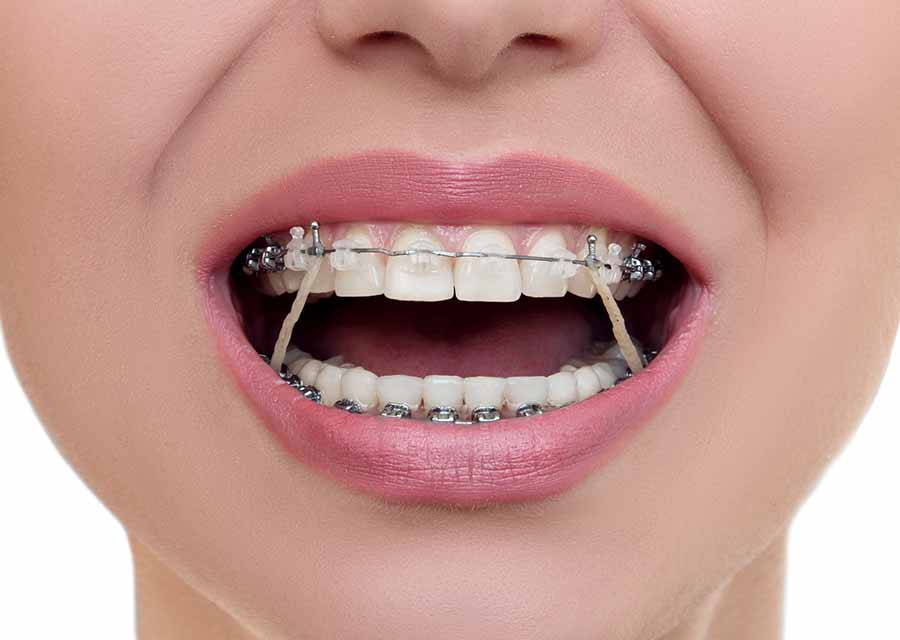7 Easy Facts About Johnson Orthodontics Shown
Table of ContentsJohnson Orthodontics - QuestionsThe smart Trick of Johnson Orthodontics That Nobody is DiscussingJohnson Orthodontics Fundamentals ExplainedHow Johnson Orthodontics can Save You Time, Stress, and Money.Things about Johnson OrthodonticsOur Johnson Orthodontics IdeasThe smart Trick of Johnson Orthodontics That Nobody is Discussing
An orthodontist is a dentist trained to detect, stop, and treat teeth and jaw irregularities. Orthodontists work with people of all ages, from children to grownups.All orthodontists are dentists, yet not all dental professionals are orthodontists. Orthodontic residency programs use intensive, concentrated guideline for oral experts. They concentrate on 2 areas: How to correctly and securely relocate teeth Exactly how to appropriately lead advancement in the teeth, jaw, and faceOnce an orthodontist has completed training, they have the alternative to come to be board licensed (https://experiment.com/users/johnsonortho).
Johnson Orthodontics Can Be Fun For Anyone
Imbalance, or malocclusion, is the most usual reason people see an orthodontist. It is genetic and is the result of size distinctions between the top and reduced jaw or between the jaw and teeth. Malocclusion causes tooth congestion, an askew jaw, or uneven bite patterns. Malocclusion is generally treated with: Your orthodontist connects metal, ceramic, or plastic square bonds to your teeth.
If you have just minor malocclusion, you may have the ability to use clear dental braces, called aligners, instead of traditional dental braces. Some people require a headgear to aid move teeth right into line with stress from outside the mouth. After braces or aligners, you'll need to use a retainer. A retainer is a personalized device that maintains your teeth in place.

They can produce added room in the mouth without having to draw teeth. Orthodontists use cords, medical screws, or plates to sustain your jaw bone.
Unknown Facts About Johnson Orthodontics
Throughout your first orthodontic consultation, you'll likely have: An oral examPhotos taken of your face and smileDental X-raysPanoramic (360 degree) X-rays of your face and headImpressions to produce mold and mildews of your teethThese tests will help your orthodontist recognize exactly how to wage your therapy. An orthodontist is a dental professional that's had training to treat your teeth and jaw.
Orthodontists may do surgical treatment, exams,X-rays,and even more to assist you acquire a much more comfy, healthier smile. An orthodontist is concentrated on your bite, so something like a damaged tooth would be managed by a dental practitioner. Orthodontists are dental experts however not all dentists are orthodontists. Orthodontists are concentrated on your bite, or the way your teeth fit with each other, and the straightness of your teeth.
Ever before questioned just how celebrities always seem to have flawlessly lined up teeth? Orthodontists are oral professionals who focus on dealing with abnormalities in the teeth and jaws.
The 7-Minute Rule for Johnson Orthodontics

These detachable trays are custom-made to considerably change the teeth's setting. In instances of narrow jaws, palatal expanders can be made use of to develop area for correct tooth placement.
What Does Johnson Orthodontics Do?
While achieving an attractive smile is an all-natural perk of orthodontic therapy, the benefits extend much beyond aesthetic appeals. Appropriately lined up teeth and a balanced bite contribute to boosted oral health and wellness in several ways: Straight teeth are simpler to clean up, which aids avoid tooth cavities and gum tissue condition. A proper bite permits reliable chewing, which aids in food digestion and overall gut health.
What is the distinction between a dentist and an orthodontist? All dental practitioners, including orthodontists, treat the teeth, periodontals, jaw and nerves.
Orthodontists and dental practitioners both provide oral care for people. Orthodontists can function in an oral office and offer the exact same therapies as other dental practitioners. You can assume of both medical professionals that deal with gum and teeth problems. The major difference is that becoming an orthodontist calls for a certain specialized in treating the misalignment of the teeth and jaw.
The Of Johnson Orthodontics
An orthodontist is a dental practitioner that has actually gone through training to concentrate on the diagnosis, prevention and treatment of irregularities in the jaw and teeth. Their training includes dealing with these existing conditions (orthodontics). They can also determine possible troubles in teeth alignment that might develop when problems are left untreated. Orthodontists can aid people of every ages.
This consists of all the essential education and learning to come to be a general dental practitioner. According to the American Trainee Dental Organization (ASDA), it means you will need to have either a Physician of Medicine in Dentistry (DMD) or a Medical article Professional of Oral Surgery (DDS). In other words, orthodontists need to complete oral college and after that get an orthodontics specialized education and learning.
Excitement About Johnson Orthodontics

Other than the orthodontist, we frequently see aides functioning with these oral specialists in their facilities. What is an orthodontist aide called?